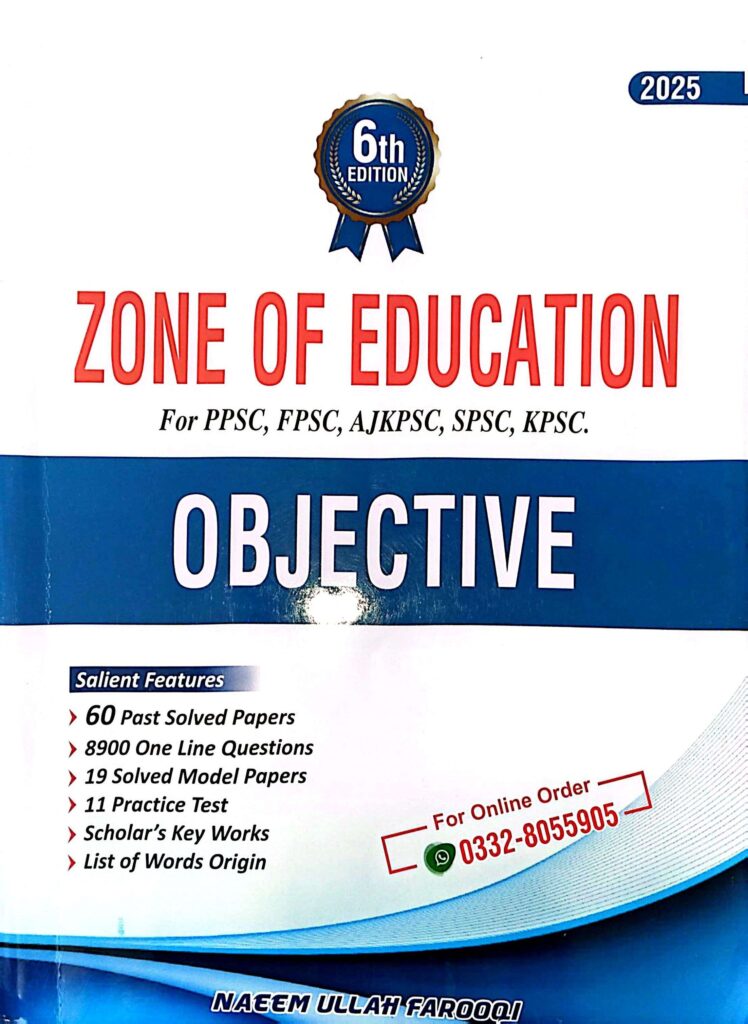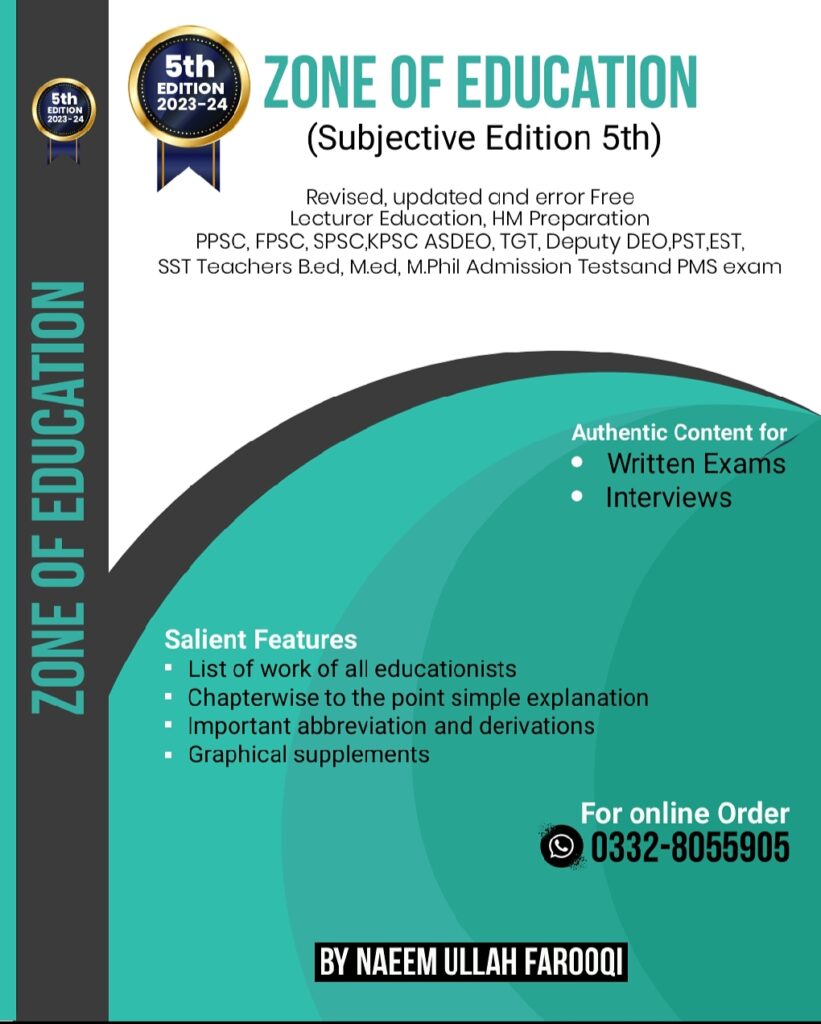GENERAL METHODS OF TEACHING
. An educational instruction which is usually organized to eliminate the influences of defective teaching and learning which a child gains during his starting days of learning is called
(a) remedial teaching
(b) micro-teaching
(c) lesson planning
(d) diagnostic testing
2. A remedial teaching is one that is meant to
(a) improve study habits
(b) rectify a particular problem area in a student
(c) identify special learners
(d) evaluate the achievement of a student
3. Remedial teaching is also known as
(a) special education
(b) technical education
(c) compensatory education
(d) by doing
4. Remedial teaching indicates
(a) elimination of attitudes
(b) elimination of skills
(c) elimination of habits
(d) elimination of drawbacks
5. The function of remedial teaching is to
(a) solve the problem faced by the teacher
(b) recondition habit and skill
(c) encourage teaching profession
(d) modify teacher behavior
6. The remedial teaching is followed
(a) after actual classroom teaching
(b) before actual classroom teaching
(c) before the beginning of a new lesson
(d) during actual classroom teaching
7. The first step in remedial teaching is
(a) to give instructions
(b) to identify poor students
(c) to locate the learning difficulties
(d) to use appropriate strategy
8. After identifying the poor students, the next step in remedial teaching is to
(a) prepare remedial instructions
(b) remove the learning difficulties
(c) locate the learning difficulties and its causes
(d) provide suitable strategy
9. After teaching in remedial teaching, a test is administered
(a) to ascertain how far learning difficulties could be removed
(b) to identify poor and slow learners
(c) to discover the causes of learning difficulties
(d) to develop instructions
10. Remedial teaching aims for
(a) feedback
(b) identification of a particular strength of a child
(c) modification of student behavior
(D) the correction of errors in learning
Nature of Teaching
1. Pedagogy is a :
(a) science of behavior
(b) science of learning
(c) science of teaching
(d) (d) science of testing
2. The main aim of teaching is
(a) to disseminate information to the learners
(b) to help the child in passing his examinations
(c) to help the learners in getting employment easily
(d) to help the child to respond to his environment in an effective way
3. Teaching can be made effective by relating it to
(a) learning
(b) reading
(c) lecture
(d) discussion
4. Both teaching and learning aim at one and the same thing, that is,
(a) make the learner more intelligent
(b) make the learner full of knowledge
(c) bring changes in the behavior of the learner
(d) deliver information to the learner
5. A good teaching must always be so designed and performed as to result in
(a) minimum learning
(b) maximum learning
(c) self-learning
(d) self-control
6. Teacher’s interest in teaching and the children can
(a) never help children in any way
(b) motivate the learners to learn
(c) help the learners to learn everything
(d) never encourage the learners
7. The soul of effective teaching is
(a) good command of the subject matter
(b) salary
(c) health
(d) social status
8. Which of the following statement is true of an effective teacher?
(a) He must be biased and try to influence the learners in accordance with his personal views
(b) His education is completed when he is certified to teach
(c) He should not take into consideration the interests, abilities and limitations of
the learner
(d) He should understand human developmental patterns
9. Which one of the following is least important in teaching?
(a) lecturing in impressive ways
(b) maintaining discipline in the class
(c) punishing the students
(d) drawing sketches and diagrams on the blackboard if needed
10. The main objectives to be achieved through memory level of teaching are
(a) acquisition of the body of facts with full understanding and application
(b) development of higher cognitive abilities
(c) the knowledge objectives
(d) equipment of the learners with the ability of reflective thinking
11. Teaching at memory level is based on
(a) S-R theory
(b) field theory
(c) Gestalt theory
(d) cognitive field theory
12. The method of teaching at memory level is
(a) subject centered
(b) teacher centered
(c) learner centered
(d) problem-solving centered
13. The main objectives to be achieved through understanding level of teaching are
(a) the knowledge objectives
(b) acquisition of the body of facts with full understanding and application
(c) acquisition of facts and information
(d) equipment of students with problem solving ability and skills of facing the problems
14. Teaching at understanding level is based on
(a) Gestalt theory
(b) cognitive field theory
(c) S-R theory
(d) field theory
15. The main objective of reflective level teaching is
(a) acquisition of the body of facts with full understanding
(b) to provide kowledge to the learners
(c) to equip the learners with the ability of reflective thinking
(d) acquisition of facts and information
16. The method of teaching at reflective level is
(a) teacher centered
(b) learner centered
(c) problem-solving centered
(d) subject centered
17. Which of the following level of teaching requires more active participation, more imaginative and creative thinking?
(a) reflective level
(b) memory level
(c) understanding level
(d) all levels
18. The educational objective of pre-active phase of teaching is
(a) action and reaction
(b) (b) reinforcement and feedback
(c) selection of the most appropriate techniques of evaluation
(d) to define educational aims
19. Pre-active phase of teaching includes
(a) feedback and reinforcement
(b) sizing up of the class
(c) presentation of stimuli
(d) decision about the strategies of teaching
20. Inter-active phase of teaching includes
(a) fixation of goals
(b) deployment of strategies
(c) sizing up of the class
(d) decision making about the subject matter
21. In which phase of teaching the knowledge which is given to student is evaluated?
(a) interactive phase
(b) post-active phase
(c) pre-active and inter-active phases
pre-active phase
JOIN ZONE OF EDUCATIONPK!
Discover the most comprehensive and reliable pedagogy resources in Pakistan, curated for competitive exam success. Our content covers all competitive exam MCQs, including PPSC, FPSC, AJKPSC, SPSC, and more. Designed to empower learners with top-notch material and insights, trust us for your preparation journey!


